

In the depths of the LEMKEN archives, drawings of days long past were slumbering.
While today, construction drawings are produced with modern CAD programmes, before digitalisation, this was done with a pen and ink!
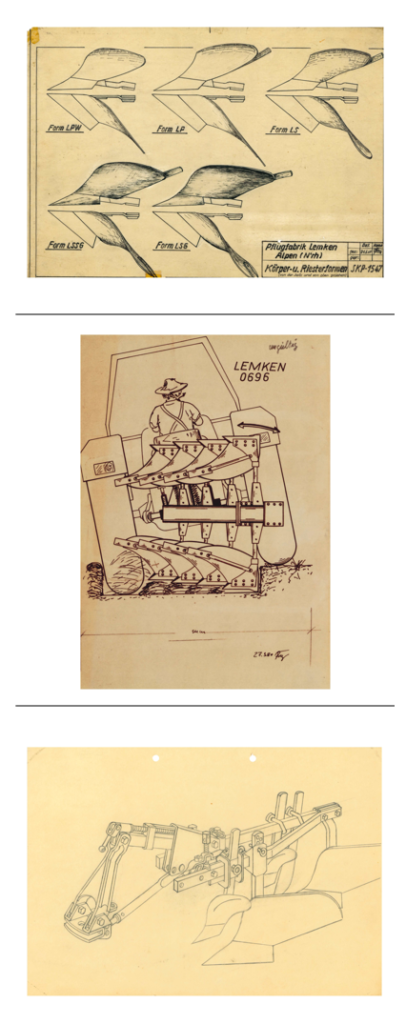
Many years ago – when drafts and drawings were still being made on the drawing board – the basic idea for the LEMKEN weather station, today’s iQblue Clara, was born.
Some experts might say that it is only a simple thermometer, but it is clearly the weather station of the 20th century!
For more information about iQblue Clara, visit:
https://iqblue.lemken.com/en/iqblue-clara/
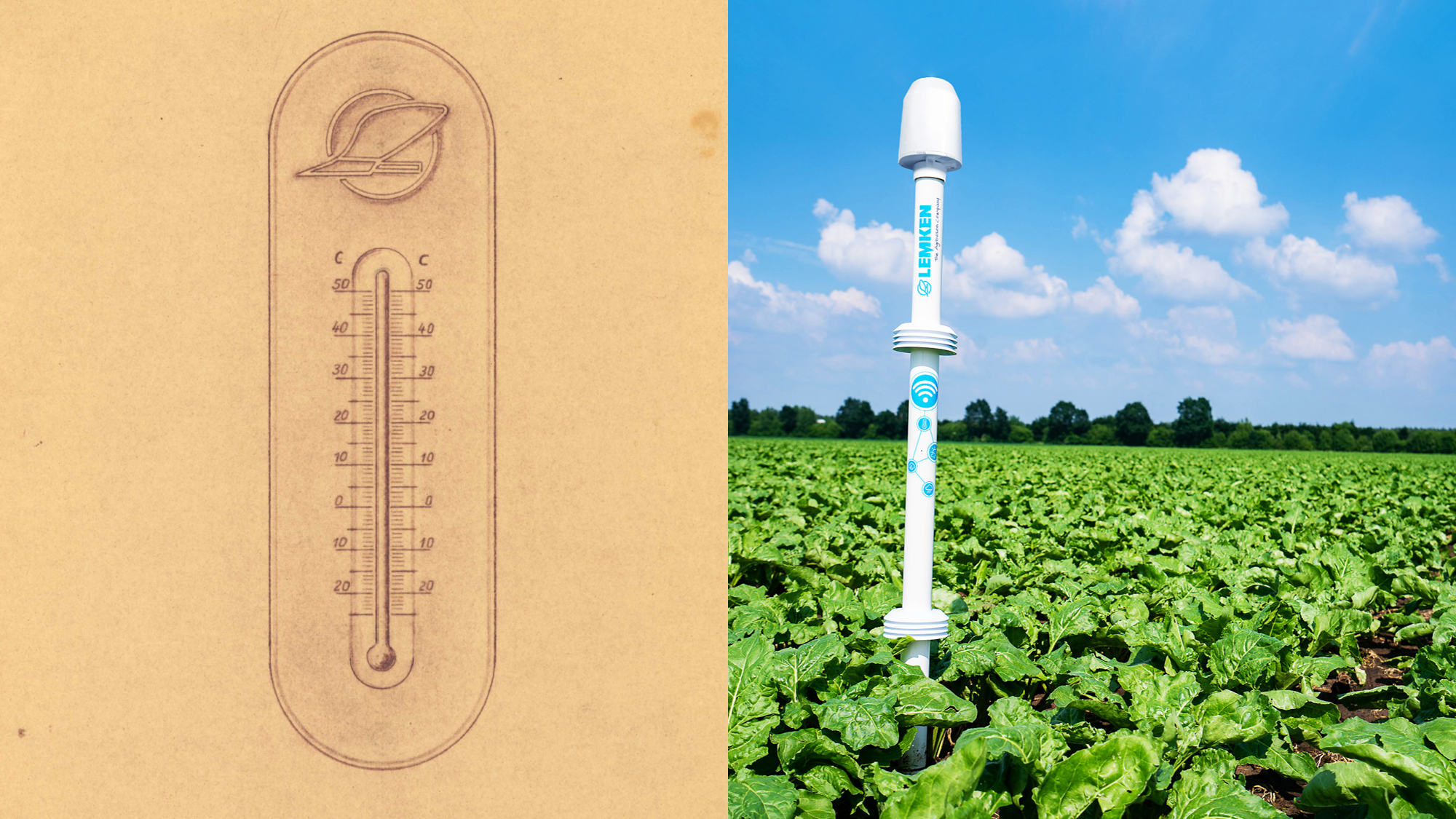
The ongoing digitalisation does not stop at LEMKEN’s development activities.
During the design process, simulation models are created on the basis of CAD data, which allow our machines to be fully tested with realistic loads – without having to build a single device.
A digital twin!
Improvements and innovations are thus incorporated into the machines even before the prototype phase, thus shortening the time to market.
LEMKEN customers benefit from the fact that technical innovations find a quick way into the product.
A real added value!
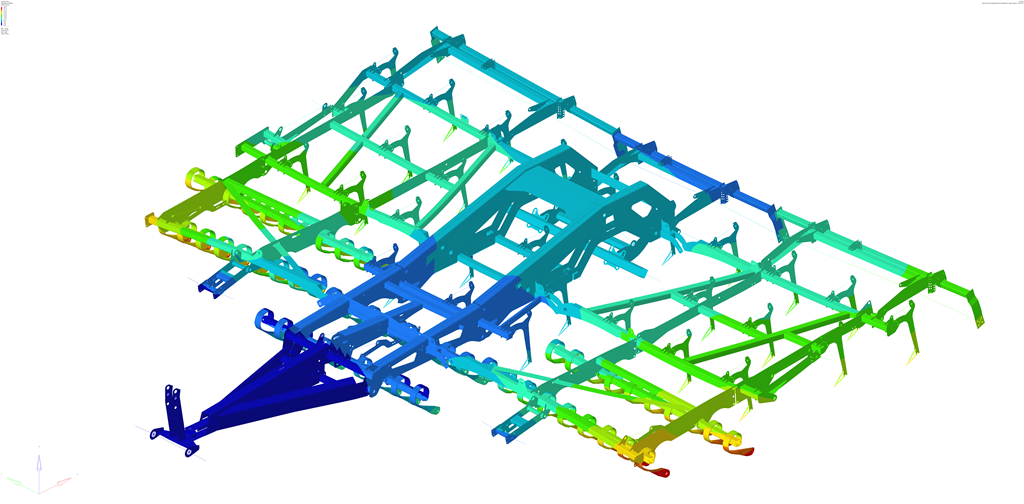
The soil is the most important basis for achieving high yields. Filling up holes, levelling the ground and breaking up clods usually requires several work passes. With the LEMKEN Karat it is possible to connect all the passages together.
Pure power! The LEMKEN Gigant 12 S with the world’s largest Heliodor 9 short disc harrow and 16 metre working width, together with the Case Quadtrac and almost 700 HP, manages a few hectares.
Miro and Manni work diligently under the supervision of their colleagues. A well-rehearsed team of three.
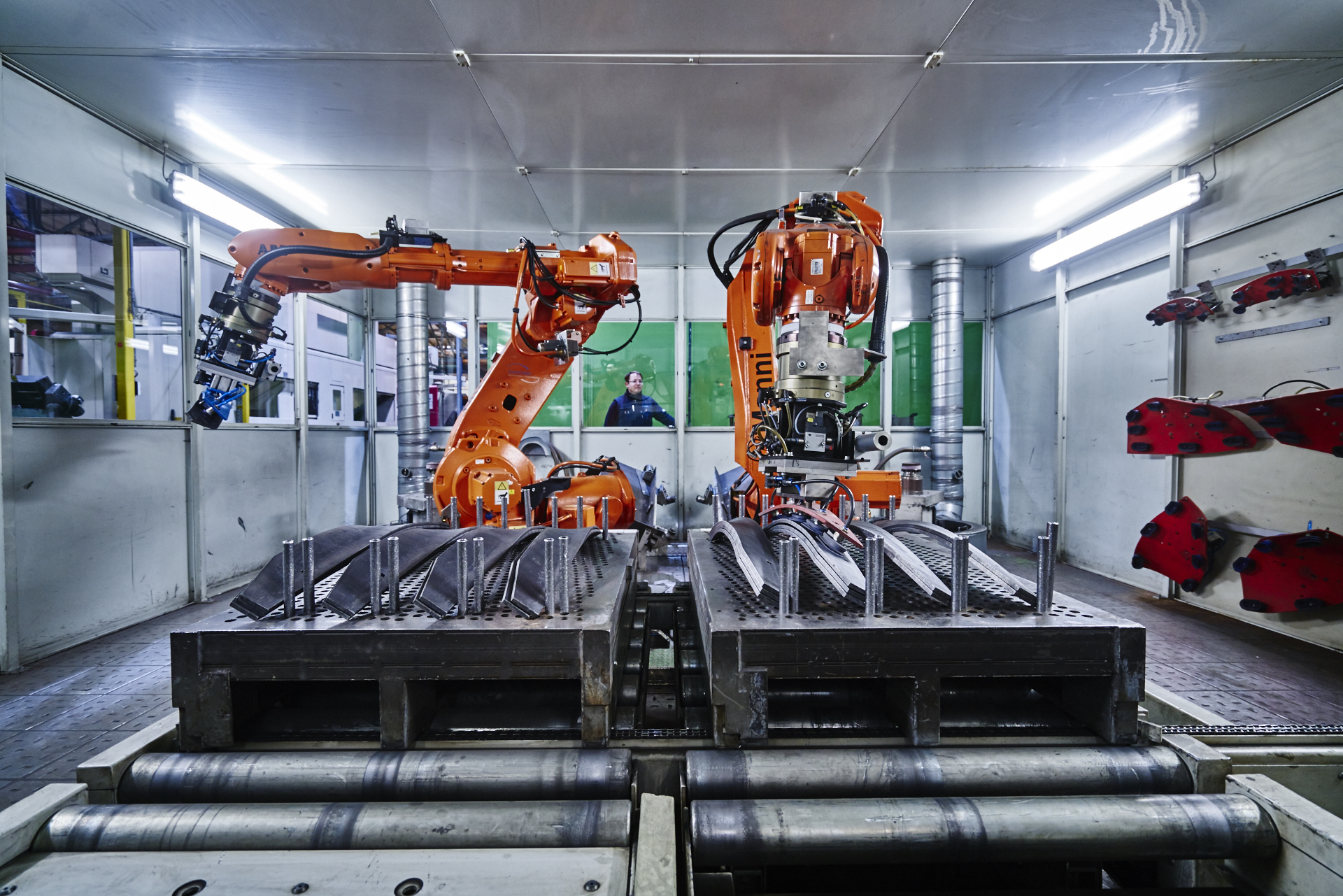
Once the machine and work result have been determined by the farmer, there are various ways of saving fuel without having to sacrifice work quality with the LEMKEN pull point adjustment with OptiQuick on mounted reversible ploughs and OptiLine on semi-mounted ploughs. By adjusting the pull point to an optimum range, diesel consumption can be reduced by nine percent. Positive side effect: driving without side draughts reduces wear on the ploughing equipment and relieves the driver.
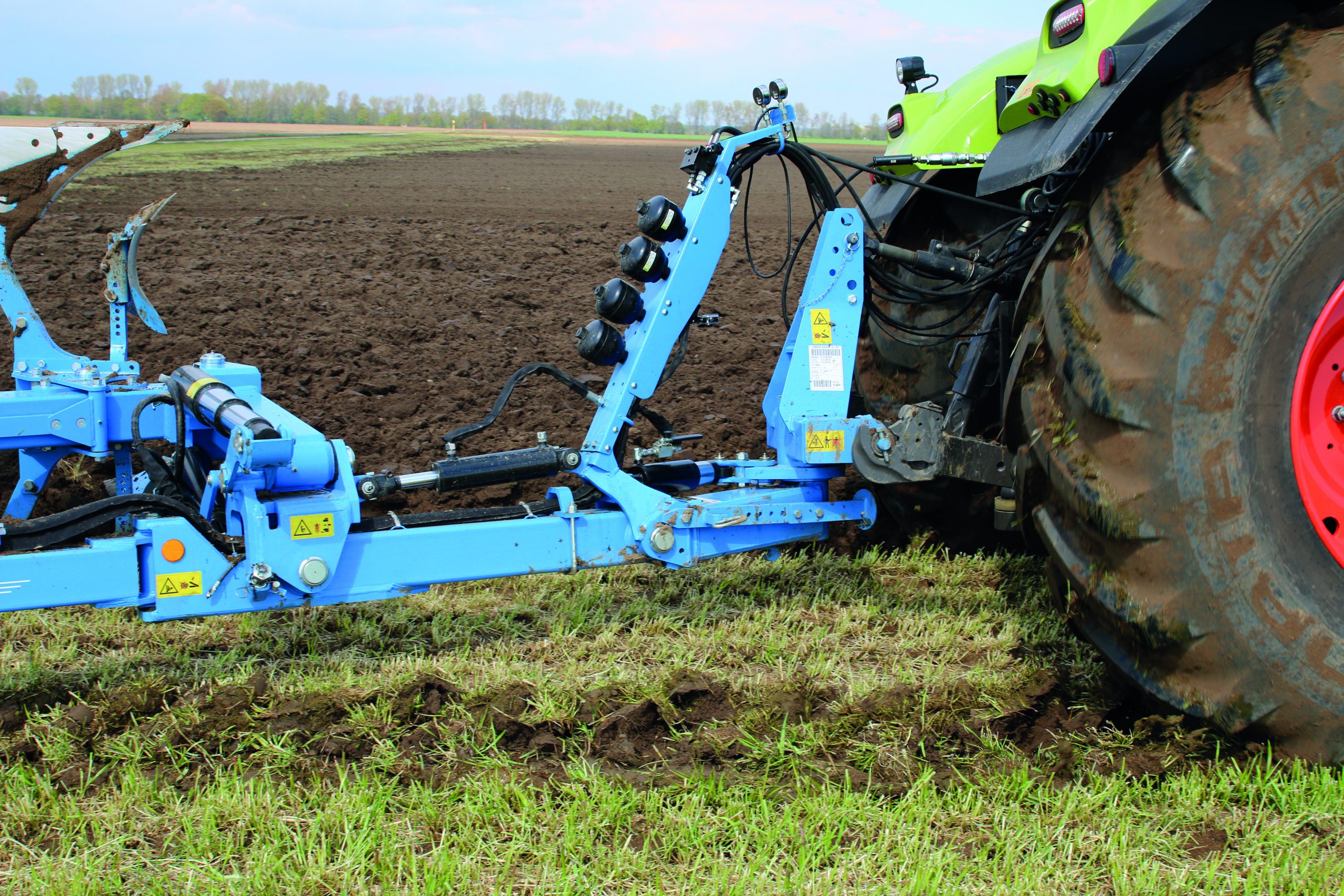
Without changing the quality of work, traction boosters also offer elegant saving opportunities. At LEMKEN, these are also installed on diamond ploughs and carat cultivators with Contour Track. This relieves the load on the front axle and applies pressure to the rear axle of the tractor. Tyre slip is reduced and energy is saved.
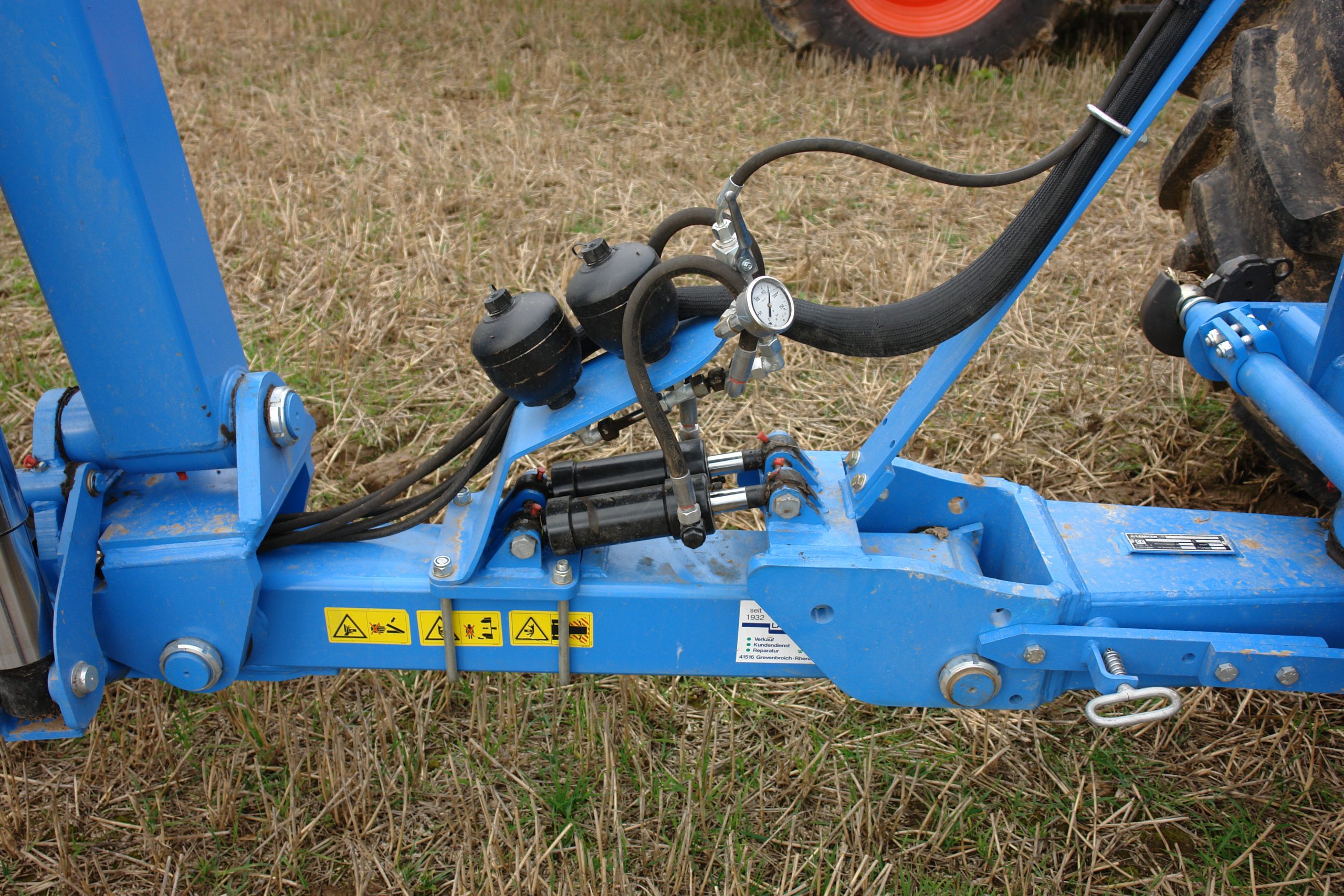
Incorrectly used cultivator coulters unnecessarily increase diesel consumption. From around 15 centimetres upwards, wing shares are often ineffective. However, each change of coulter means time consuming. With the LEMKEN quick-change system the coulters can be changed within a short time without tools. In this way, the cultivator can quickly be equipped with the right tool every time – for shallow cultivation with wing shares and for deep cultivation with a narrow share. You save time and energy!
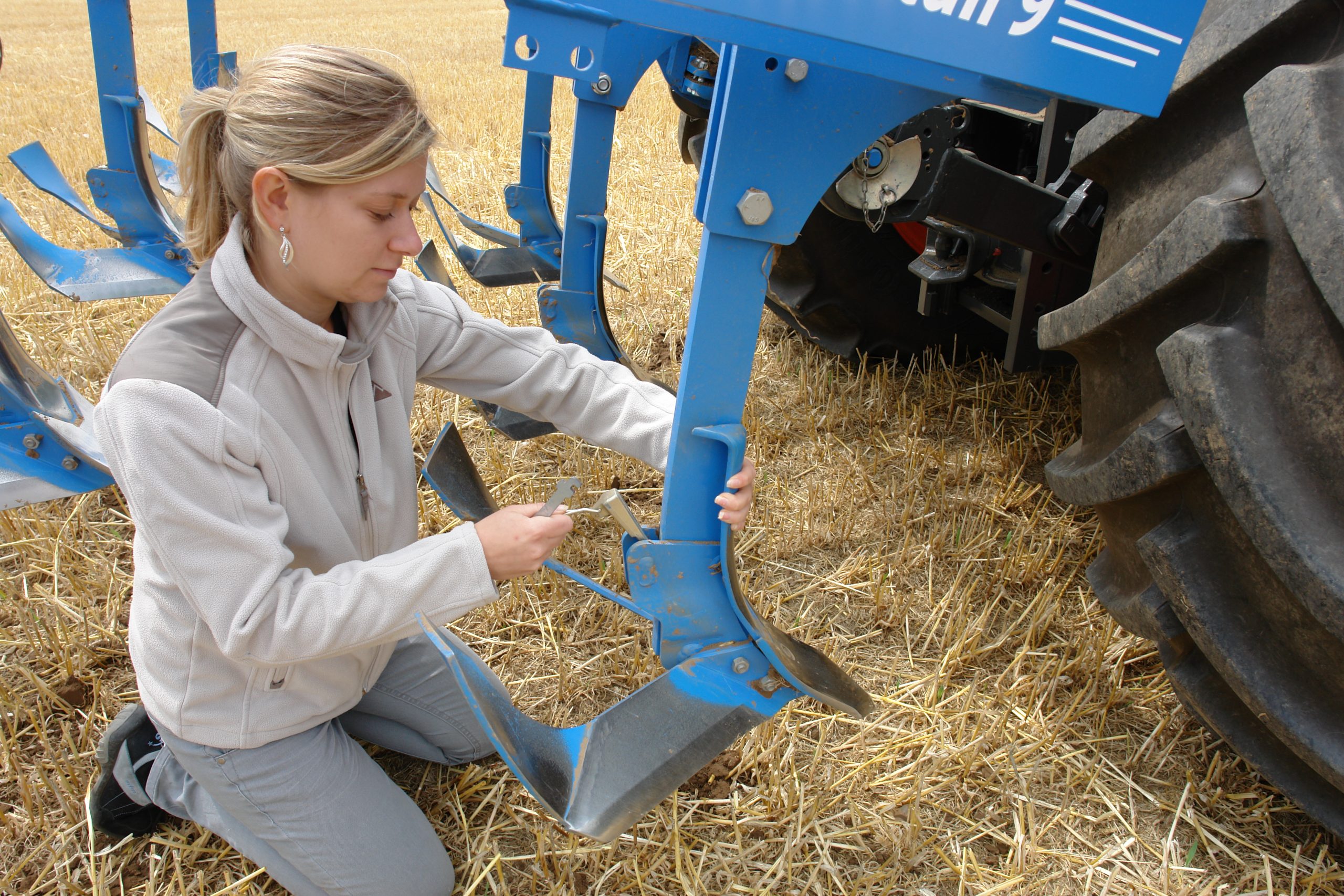
Global thinking and acting, corporate communication language, respect for foreign cultures, 24/7 mentality.
Anthony van der Ley
Helping to meet the enormous demand for food..
LEMKEN specialises in production for an international clientele with special requirements.
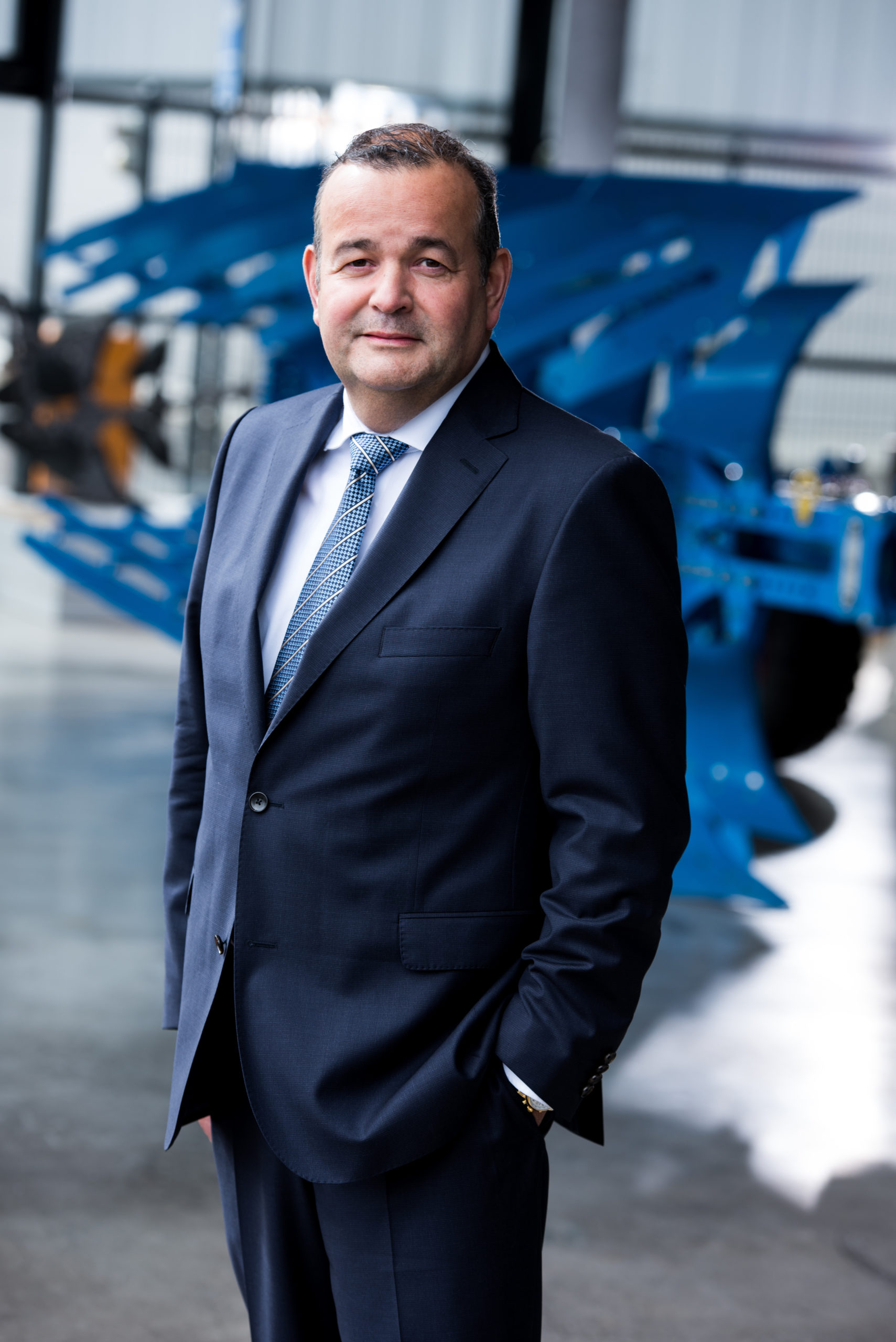
“If we grow food in the future in the same way as today or in the past, we are certainly wrong. We need a change of system. We think too conservatively for that.
But if I were to tell you,
>>We’ll still be using smartphones in 2050<<
…you’d think I was gaga.”
Urs Niggli, Bio-researcher
Source: Photo Urs Niggli © Photographer: Samuel Schalch
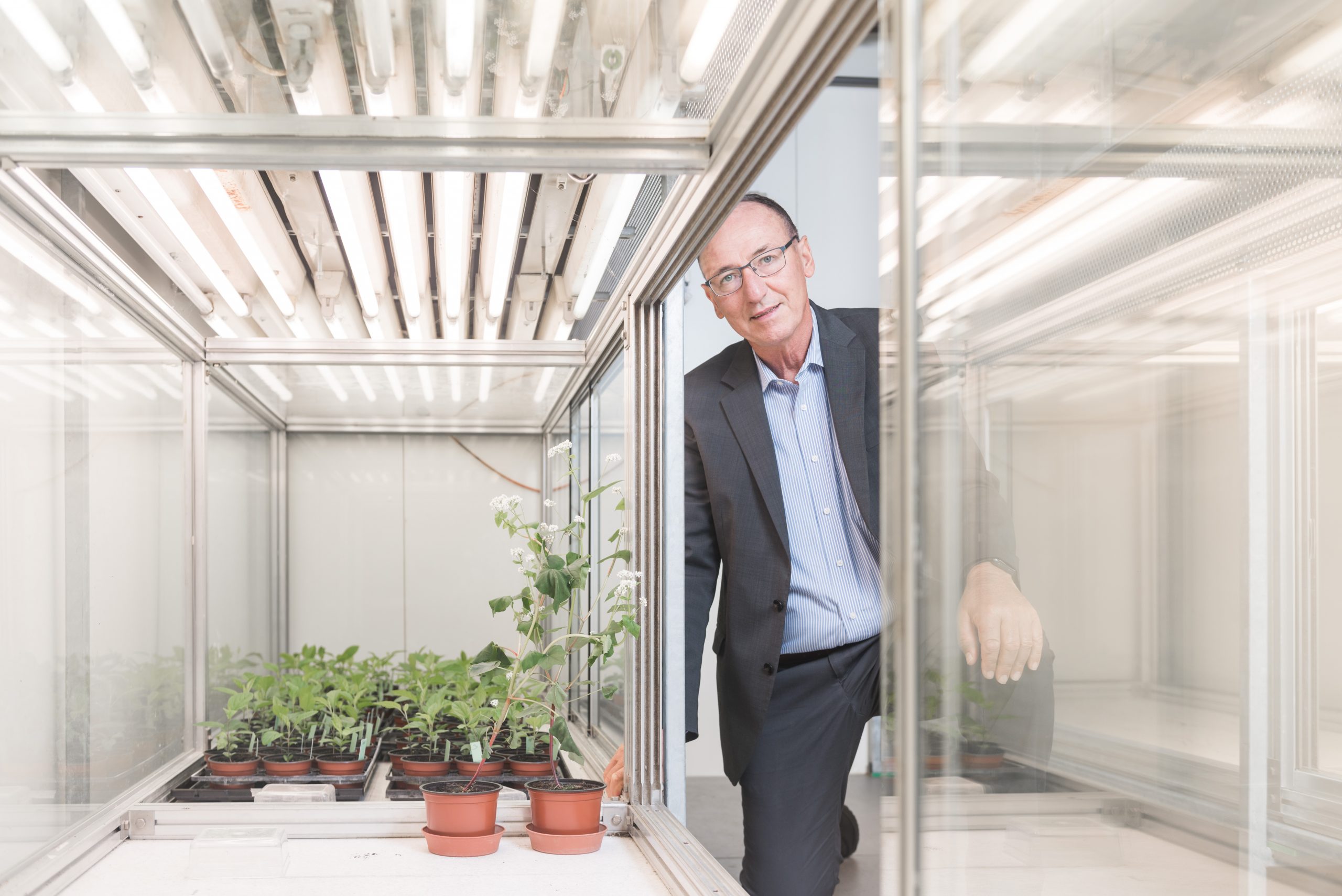
LEMKEN has been following this path for some time.
And the Swiss Urs Niggli, former director of the Swiss Federal Office for Agriculture, is also convinced that traditional knowledge must be combined with high-tech.
While monocultures such as wheat and rapeseed are still being planted today, in the future several crops will grow on the same field: trees, shrubs, vegetables.
On the one hand, this brings biodiversity back to the fields. And on the other hand it is good for the harvest.
The 66-year-old Niggli predicts up to 150 percent more yield. “All this is made possible by technology: GPS-controlled tractors can drive around bushes and trees. In the harvester, sensors look to see that the wheat grain is scooped to the left and the pea grain to the right. The geometry of the field will also change. Today we have square fields. In the future we’ll grow crops in strips along contour lines.”
© Source: https://www.nzz.ch/schweiz/urs-niggli-mit-der-gentechnik-ist-es-historisch-schief-gelaufen-ld.1550799
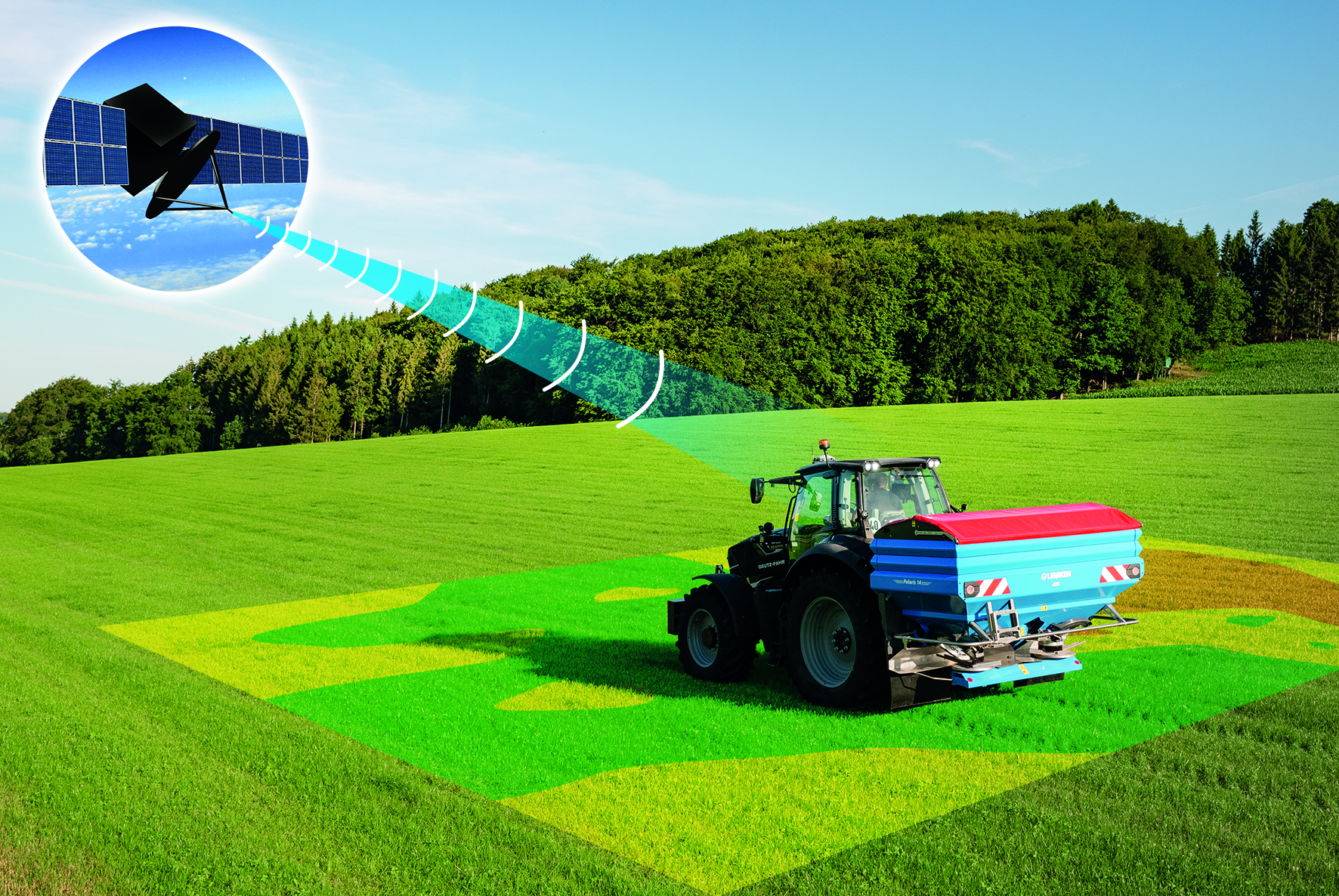
Yeah, you read it right: Glocalization.
A fusion of nationalization and globalization, according to futurologist Matthias Horx..
In it, the three future trends Mega Farming, Next Nature and Bio Plus can be found.
© Source: https://www.topagrar.com/management-und-politik/news/zukunftsforschung-von-robotern-bis-zu-alt-baeuerlichen-strukturen-10086013.html
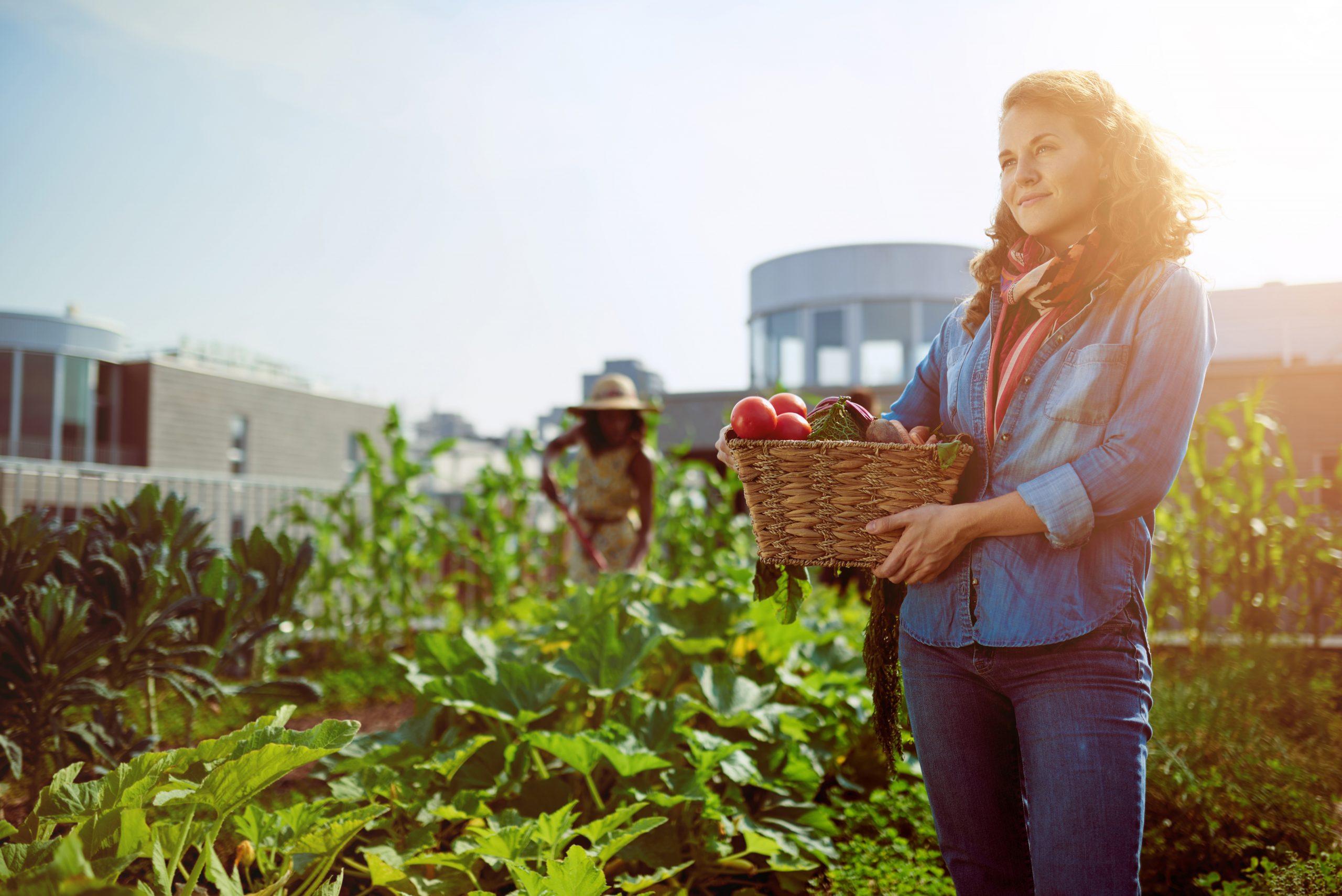
Mega Farming is about highly technical agriculture, which is mainly done by robots. Humans control the machines in the sense of an efficient and biological raw material economy.
Next Nature describes the category of new products, since a large part of the population rejects meat from factory farming or monocultures. This frees up the market for alternative products that no longer differ in taste from conventional products. The products are grown in high greenhouses or even underground. Directly in the cities.
Horx understands Bio Plus as concepts such as solidarity-based agriculture and urban gardening. Restaurants, for example, are supplied directly by the farmer. All in the spirit of animal welfare, traceable production sites and ecological-economic supply chains.
Climate protection is a bit like bread. On everyone’s lips.
This is also one of the key issues for agriculture. The Forum Modern Agriculture has developed three scenarios of what farms could look like in the future:
The cycle farm, where the nutrient and production cycles close.
The participatory farm, where consumption meets agriculture.
And the Smart Data Court, where data-controlled production ensures climate protection..
No matter how different the approaches are, they are all about reducing emissions, binding climate gases and not simply letting climate change happen.
It is to act accordingly.
So that in future everyone will be talking about more bread and less climate change.
© Source: https://www.cerri.iao.fraunhofer.de/de/projekte/AktuelleProjekte/Zukunft-Landwirtschaft.html